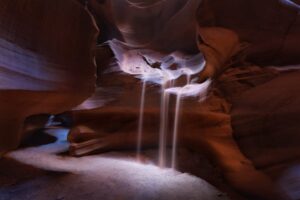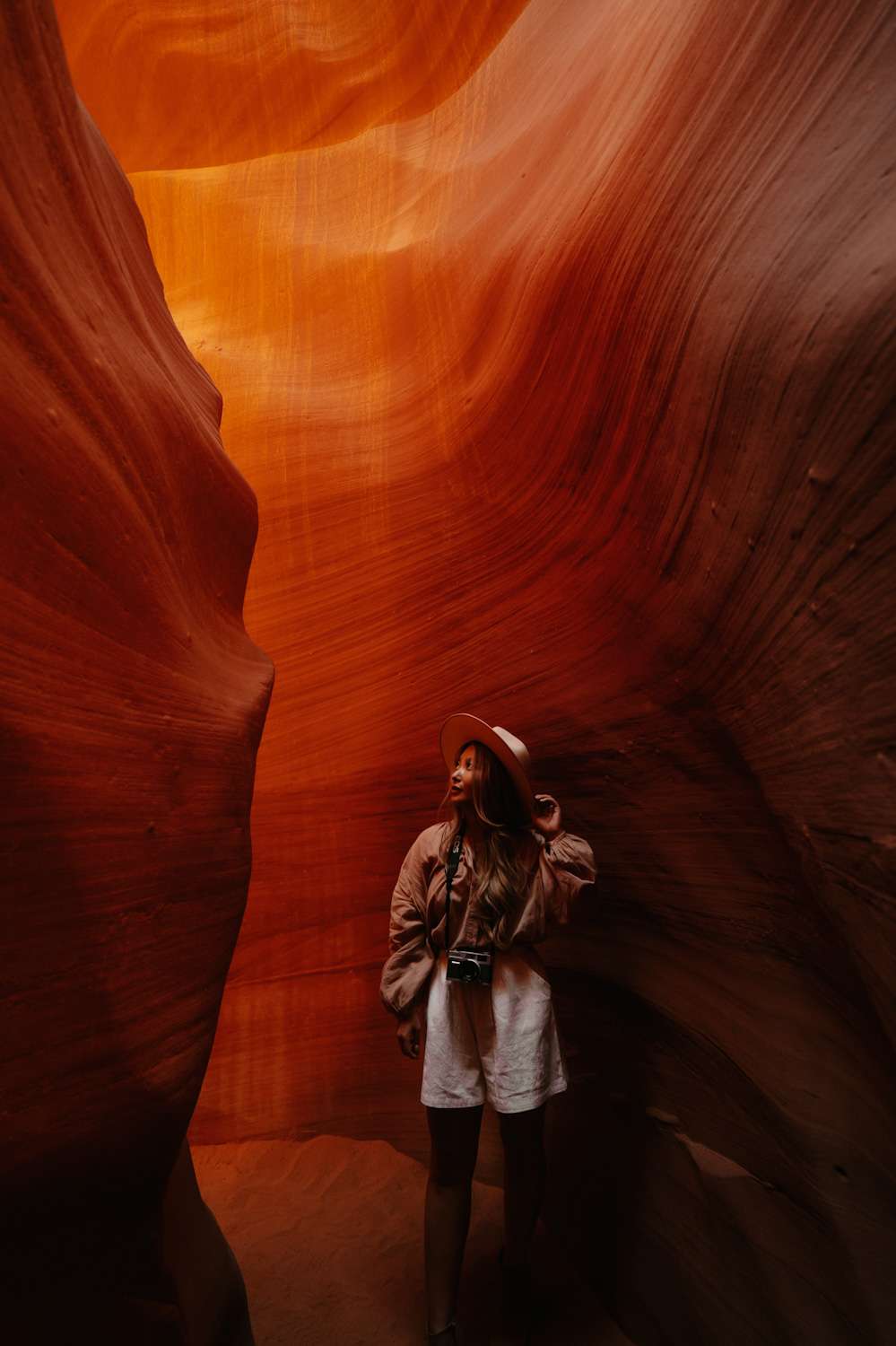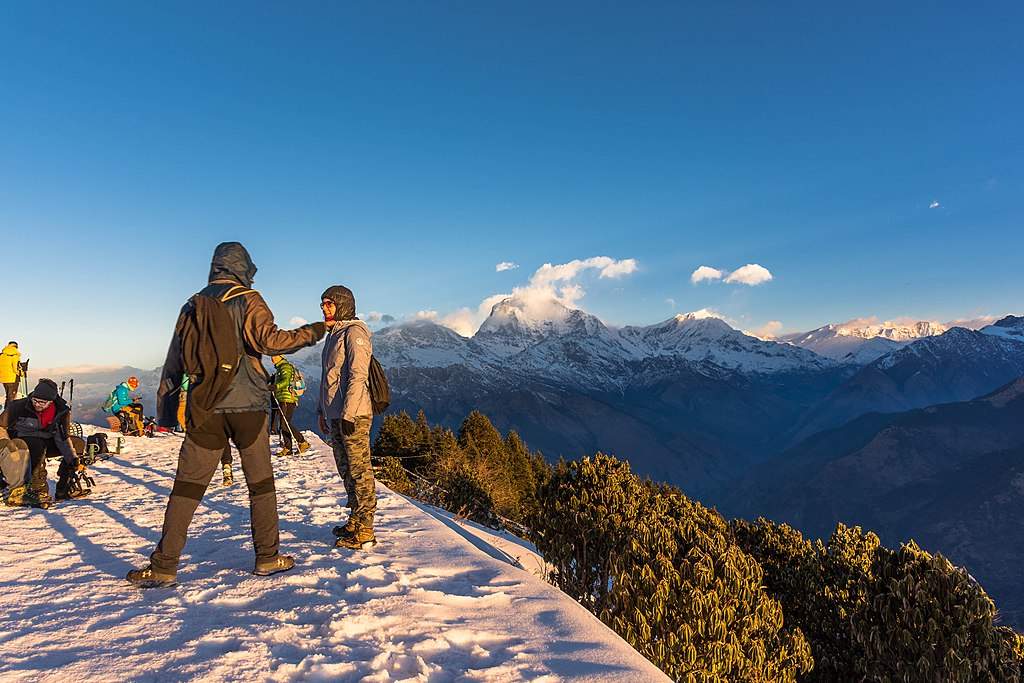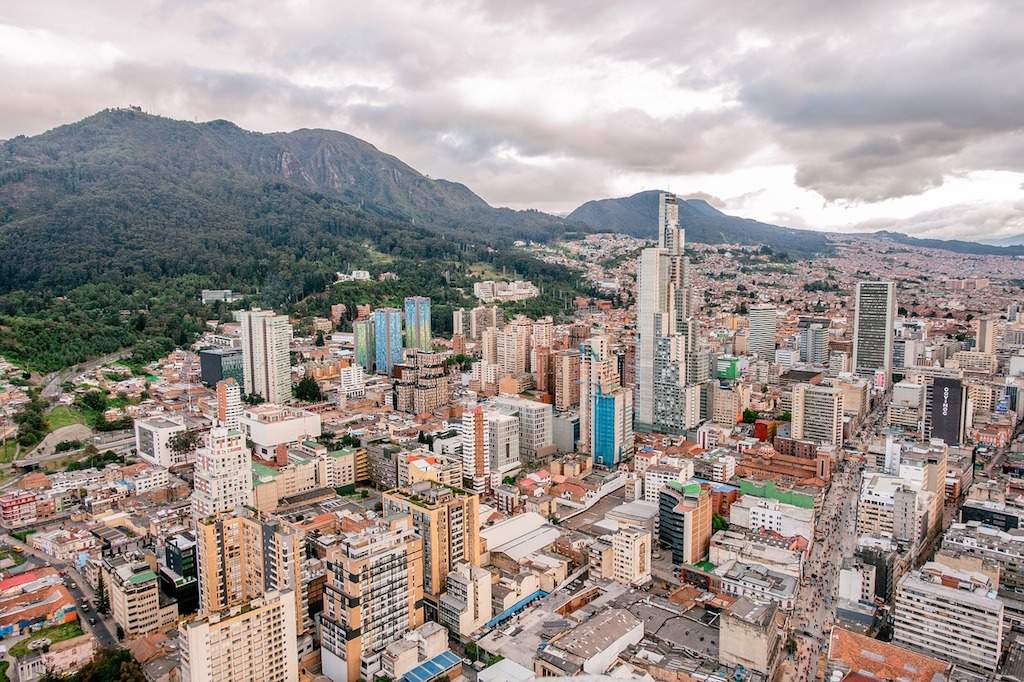Welcome to Antelope Canyon
Nestled in the heart of the Southwest, Antelope Canyon calls from the cliffs of Arizona. It’s a natural wonder – a slot canyon carved with high walls of sandstone that changes color through time and water. Every year, thousands of visitors come to see its unique wave-shaped structure. Its otherworldly beauty has earned it the reputation of being the most photographed lake in the world.
But the Antelope Canyon experience didn’t end with its spectacular rock formations. It extends to playing the rhythms of history whispered in ancient walls, enjoying the dance of sunlight in the grasslands, and finding silence that speaks more than words.

Overview of Antelope Canyon
Antelope Canyon, nestled in the vast landscape of northern Arizona, stands as a testament to the power and beauty of nature’s artistry alone. This slot canyon with its impressive sandstone walls makes for a spectacular landscape that attracts travelers from all over the world. To understand its appeal, let’s dive into its geographical layout, history and itinerary that influences the best time to explore this natural wonder.

Geographical Formation and History
Antelope Canyon was formed over millions of years, as flash flooding and erosion sculpted the Navajo Sandstone into the intricate passageways we see today. The canyon is divided into two distinct sections: The Upper Antelope Canyon (or The Crack) and The Lower Antelope Canyon (or The Corkscrew). Both sections boast their unique characteristics, but they share the same geological history.
This area has been inhabited and revered by the Navajo people for centuries, and it remains enveloped in their culture and history. The name itself, “Antelope,” harks back to a time when antelope roamed freely in and around the canyon.
Understanding the Seasons in Arizona
Arizona’s climate vastly influences Antelope Canyon’s varying visual spectacle, accessibility, and crowd levels throughout the year. A basic understanding of Arizona’s seasonal weather and how it impacts the canyon can help optimize your visit.
Seasonal Weather Conditions in Arizona
- Spring (March to May): Spring is a period of transition in Arizona. The air gradually warms up, flowers start to bloom, and the state comes alive after the wintry hibernation period. The temperatures during this period in Antelope Canyon are moderate, ranging from 60°F to 80°F, making it one of the best times to visit.
- Summer (June to August): The summer months can be scorching in Arizona. Temperatures ranging from 85°F to over 100°F are not uncommon. However, it’s during these sun-drenched days that the canyon truly shows off its splendor, as shafts of sunlight pierce the canyon’s depths.
- Autumn (September to November): Fall brings a delightful reprieve from the sweltering heat. The temperature begins to taper off, with an average of 65°F to 85°F. With the heatwave gone, the canyon walls don a new kind of brilliance, bathed in autumn’s warm, golden light.
- Winter (December to February): The chill sets in during winter, with temperatures fluctuating between 30°F and 50°F. However, the sharp winter light creates a different perspective on Antelope Canyon’s myriad shades.
Continuous Analysis: Advantages and Disadvantages
- Spring:
○ Pros: Moderately warm, comfortable for travel and sightseeing. There is never a peak tourist season, so there are fewer residents.
○ Cons: Bright light, the pool’s main attraction, is less obvious in the early summer months.
- Winter:
○ Pros: The famous light is the best. Long afternoon hours provide plenty of opportunities for exploration.
○ Cons: Extreme heat, high tourism, and high risk of flash flooding.
- Autumn:
○ Pros: Pleasant weather, less crowds compared to summer. The soft lighting accentuates the vibrant colors of the pool.
○ Cons: Warm glow begins to deteriorate, while warmer clothing may be needed for cooler temperatures in late autumn.
- Winter:
○ Pros: Less crowded time of year, providing a more personal and peaceful experience. The sharp light further enhances the canyon’s color palette.
○ Cons: Can get quite cold, need warm clothes. Short afternoon hours limit visiting time.
Understanding how each season changes Antelope Canyon will guide you in choosing the best season for your visit. Whenever you choose, Antelope Canyon always has a magical presence.
Top 5 crowd-free months to visit Antelope Canyon
When planning a trip to Antelope Canyon, choosing the right moon can make the difference between an overcrowded tourist destination and a peaceful union with nature
pray
- Weather: March signals the dawn of spring, with comfortable temperatures ranging from 55°F to 70°F.
- Beautiful Scenery: As the seasons change, the gentle rays of the spring sun filter into the lake, revealing a changing array of colors.
- Crowd numbers: Tourist traffic is still light in March, allowing for the lake’s uncluttered beauty.
foggy
- Climate: Fall arrives in September, with temperatures cooling to 70°F to 85°F.
- Sights: Soft autumn light bathes the walls of the pool in a brilliant golden hue, creating a stark contrast to the hot summer months.
- Crowd size: As the summer rush subsides, September promises a less crowded and more fun pool experience.
november
- Weather: Fall air temperatures can drop from 45°F to 65°F in November, so be sure to pack accordingly.
- Beautiful Scenery: Muted autumn lighting illuminates the pool with subtle, yet dramatic colors.
- Crowd numbers: Fewer tourists are seen in November, allowing you to peacefully contemplate Mother Nature’s architectural wonders.
January
- Weather: January is crisp and cool, with temperatures between 30°F and 50°F. Bundle up to stay warm!
- Scenery: The winter landscape meditation of stark contrasts in light and shadows amplifies the canyon’s color tones and dynamic textures.
- Crowd Level: With the chill in the air, fewer tourists dare the journey, leaving the canyon’s awe-inspiring grandeur all to yourself.
February
- Weather: February continues the winter chills of January, but temperatures can start to climb a little, ranging from 35°F to 55°F.
- Scenery: The low-angled winter light creates a calm ambiance, as the frosty air brings a unique clarity to the sandstone’s tapestry of colors.
- Crowd Level: Tourism remains relatively low in February, providing an undisturbed interaction with the canyon’s tranquil environment.
Every month brings with it a unique gift of weather conditions, scenic presentations, and crowd variations. As you step into the mystique of Antelope Canyon you’ll participate in a timeless dance with nature’s rhythms and her sublime artistry. Choose your month, pick your pace and savor the wonderment that awaits.
Tips for Planning Your Visit during These Months
Once you’ve chosen the best month to experience Antelope Canyon, it’s time to consider some practicalities. From booking the perfect tour to packing smart, these tips will ensure your visit goes smoothly.
Tip 1: Book Your Tour in Advance
- Antelope Canyon is managed by the Navajo Nation, which means all visitors must be part of a guided tour. During the months suggested to avoid crowds – from late winter to spring and fall, tours may still fill quickly due to its global popularity. Therefore, book your tour as far in advance as possible to guarantee your opportunity to explore this natural wonder.
Tip 2: Pack according to the weather
- March, September, and November: The weather varies from cold to hot during these months. Layered clothing is the best option, with flexibility throughout the day. Don’t forget sunscreen, comfortable walking shoes and a hat.
- January and February: If the weather is cold, wear warm clothing. Coats, hats, gloves and even thermal leggings can make your walk more comfortable during these winter months. Additionally, grippy shoes are recommended as the pool floor can be icy or slippery.
Tip 3: Drain and refuel
- Despite the colder months suggested here, it’s important to stay hydrated, especially when active on foot. Pack enough water for the duration of your visit, and remember to eat enough before the trip.
Tip 4: Respect the Ganges River
- Antelope Canyon is sacred to the Navajo. Follow directions, touch or climb sand walls, and remove trash. Respecting the place allows it to continue to inspire visitors for generations to come.
Tip 5: Emphasize early morning or afternoon walks
- Time to visit early morning or late afternoon when the sunlight creates a seductive effect on the pool walls. This is especially true for March and September when these time series exhibit a photographic mixture of light and shadow.
Proper planning and respect for this geological wonder is crucial for an unforgettable, hassle-free visit. Follow these practical tips and your trip to Antelope Canyon promises to be an immersive, crowd-free and awe-inspiring experience.
conclusion
Timing is key to enjoying the breathtaking beauty of Antelope Canyon without the crowds. The best months are March, September, November, January and February, with mild weather balanced with small groups of tourists. A visit to Antelope Canyon can be most rewarding by booking a visit in advance, dressing for the season, staying hydrated and respecting the sacred status of the canyon and the natural environment
Remember the basics: accessibility, the importance of following rules and regulations, and always prioritize safety measures. Armed with this knowledge, you are ready for an incredible journey into the heart of one of Arizona’s most spectacular destinations.
Plan well, embrace the journey, and treasure the memories in Antelope Canyon.





